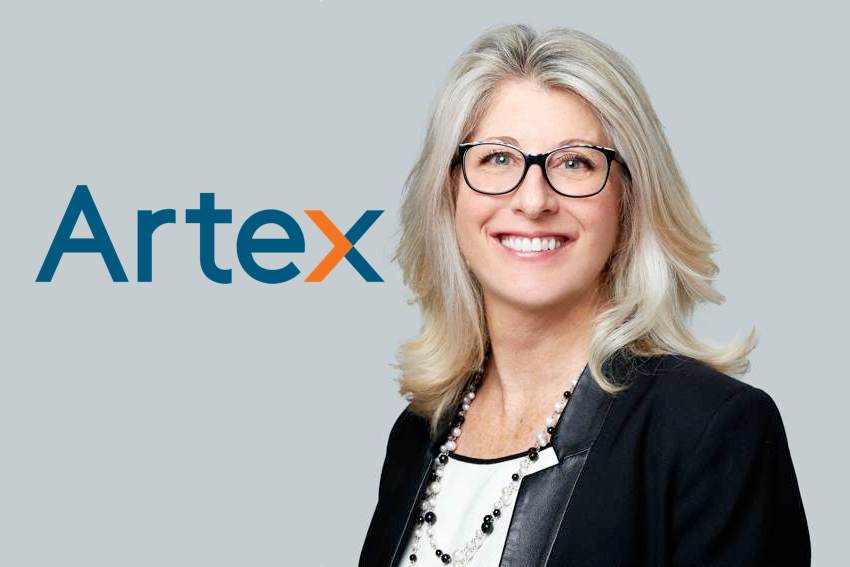Return to ILS market stability driving increasing investor interest: Artex

A return to stability in the insurance-linked securities (ILS) market, and more broadly across reinsurance, is now starting to drive an uptick in investor interest and Artex Capital Solutions believes this will benefit both catastrophe bonds and the collateralized reinsurance side of the market.
According to Kathleen Faries, CEO of Artex Capital Solutions, which is the ILS market service provider arm of Artex Risk Solutions and a division of broker Gallagher, “nimble capacity” has been seen to enter the market on both sides, thanks to the strong ILS market performance example that 2023 provided.
The company explained, “Artex anticipates a promising shift in the reinsurance and insurance-linked securities (ILS) markets, characterized by a return to stability. The landscape is primed for a smoother reinsurance renewal cycle, with capacity coming back into the space. This signifies a renewed confidence among reinsurers and investors alike, and as the industry recalibrates, stakeholders can anticipate a more structured and balanced marketplace.”
The strong fundamentals of the ILS asset class continue to be the main attractor for investors, as ILS assets continue to offer diversification, liquidity in some quarters such as cat bonds, and robust returns, Artex said.
“After a strong performance in 2023, Artex is witnessing a small uptick in interest from investors, including hedge funds and pension funds,” the company continued.
The long-term ILS investors that have stuck with the space through a number of years and market cycles “continue to actively engage with the sector”, Artex said.
Positively the company added that, “Concurrently, we are seeing some newer capital entering the market, which may be signaling a growing recognition of attractiveness across different investment strategies.”
However, the company did qualify that by saying that no significant influx of new capital is being seen as yet, with most travelling to the best performing ILS funds so far.
Faries, CEO, Artex Capital Solutions, further stated that, “Risk-adjusted returns are significantly up over the last 24 months and that has driven some nimble capacity into the ILS market, both in the form of collateralized reinsurance and cat bonds.”
It’s encouraging to note that Artex Capital Solutions is seeing growing interest on the private side of ILS as well, where the market has generally been slower to recover and stabilise.
The company says that while issues such as trapped collateral and loss creep have been a challenge for a few years, “investors are ready to move on.”
Scott Cobon, Managing Director, Insurance Management Services, Artex Capital Solutions, also said that, “Asset managers and hedge funds that may have previously invested in cat bonds as their first diversifying asset class may now be interested in private collateralized reinsurance.”
Artex said that it is also seeing a lot of interest in hedging strategies for the hurricane season, given the high forecast numbers given by meteorological and modelling agencies.
“We are seeing a lot of interest in industry loss warranties (ILWs),” the company said, adding that, “The outcome of the season will inevitably influence pricing trends and investor behavior, if the market is tested by a major loss and, in particular, if elements of that loss are unexpected/unmodeled.”
Finally, Artex also noted the influence of the hurricane risk model update from Moody’s RMS and said, “Anticipation of the new model release is already causing a tightening of cat bond spreads, but it has not yet been widely adopted, and we expect to see more impact later in the year.”
That is aligned with what we are hearing from other market participants, who believe the model has yet to be fully considered in pricing across the reinsurance and ILS market, a factor that could help to hold market pricing more stable, especially while capital flows are still relatively limited in size.






